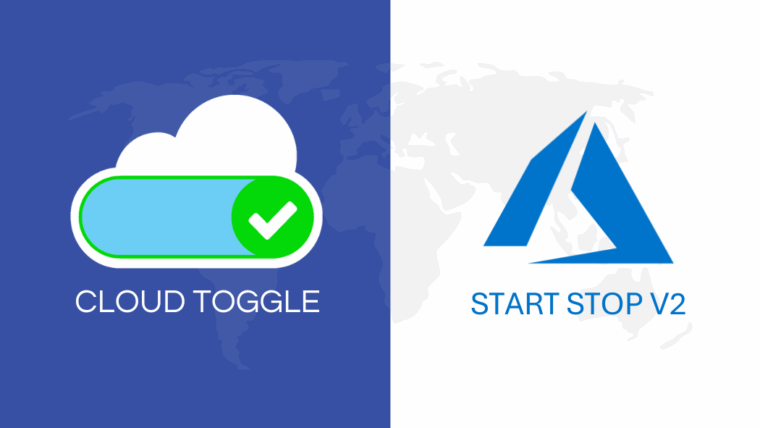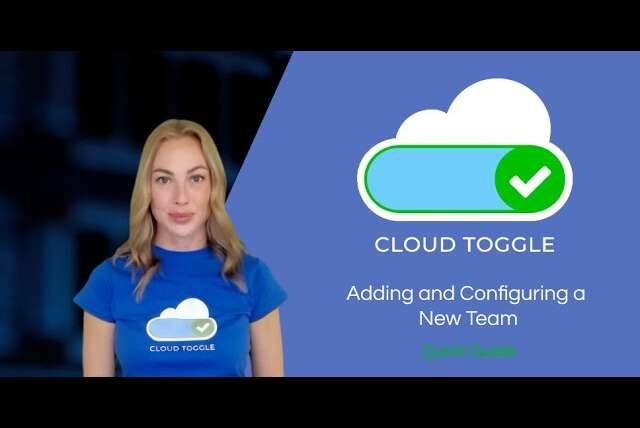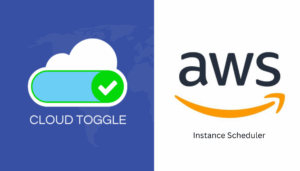
Reducing cloud costs is a universal goal for organisations, and one of the simplest ways to do so is by managing when your compute resources are running. In AWS, the native option for scheduling EC2 instances is the AWS Instance Scheduler. Meanwhile, tools like CLOUD TOGGLE offer an alternative that provides automation, governance, and simplicity across different environments. Here’s how they compare.
AWS Instance Scheduler: What It Does
The AWS Instance Scheduler is an open-source solution that allows you to automatically start and stop EC2 instances based on defined schedules. It uses AWS Lambda, DynamoDB, CloudWatch, and IAM roles to orchestrate the scheduling. You can set up schedules like “turn off non-production instances at 7pm and turn them back on at 7am.”
Advantages
- Native AWS integration: Built to work within the AWS ecosystem.
- Customisable schedules: Offers flexibility for different workload patterns.
- Cost-saving: Reduces spend by ensuring idle instances aren’t running.
Limitations
- Complex setup: Requires configuring multiple AWS services.
- Maintenance overhead: You must manage and update the Lambda functions and DynamoDB tables.
- AWS-only: Doesn’t support multi-cloud environments.
- Limited user access controls: Primarily admin-driven rather than empowering end users.
CLOUD TOGGLE: What It Does
CLOUD TOGGLE automates the start/stop schedules of virtual machines and instances across cloud providers. It’s designed to be simple, with a web-based interface that allows teams to manage their resources without needing deep cloud expertise.
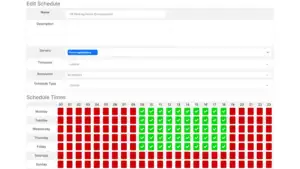
Advantages
- Cross-cloud support: Works across multiple cloud platforms, not just AWS.
- User empowerment: Allows teams to override schedules (for example, turning on a VM for a set number of hours without DevOps intervention).
- Simple interface: No need to configure DynamoDB or Lambda.
- Governance built-in: Centralised control and audit logs.
- Rapid deployment: Get up and running quickly without custom code.
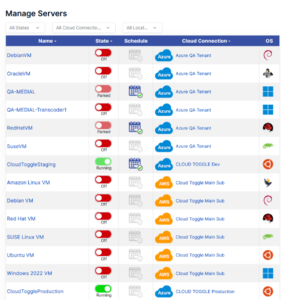
Limitations
- Not a free tool: Unlike AWS’s open-source scheduler, CLOUD TOGGLE is a paid-for service.
- Feature set focus: Primarily focused on scheduling and automation rather than broader cloud-native integrations.
Which Should You Choose?
If you’re heavily invested in AWS and have a strong DevOps team to manage and maintain the Instance Scheduler, AWS’s native tool can be a low-cost option. However, for organisations that want simplicity, governance, and the ability to empower end users without creating overhead for IT, CLOUD TOGGLE provides a smoother and more scalable approach.
Summary Table
| Feature | AWS Instance Scheduler | CLOUD TOGGLE |
|---|---|---|
| Cloud Support | AWS only | Multi-cloud (AWS, Azure, more) |
| Setup Complexity | High (Lambda, DynamoDB, IAM) | Low (web-based setup) |
| User Empowerment | No (admin-driven) | Yes (self-service controls) |
| Governance & Auditing | Manual effort | Built-in |
| Cost | Free (but requires effort) | Subscription-based |
| Best For | AWS DevOps-heavy organisations | Teams needing simplicity & control |
Conclusion: While AWS Instance Scheduler offers a free, AWS-native option, its complexity and limitations make it less appealing for teams that need agility and ease of use. CLOUD TOGGLE bridges this gap by combining automation with governance and user empowerment, helping organisations save costs with minimal effort.

